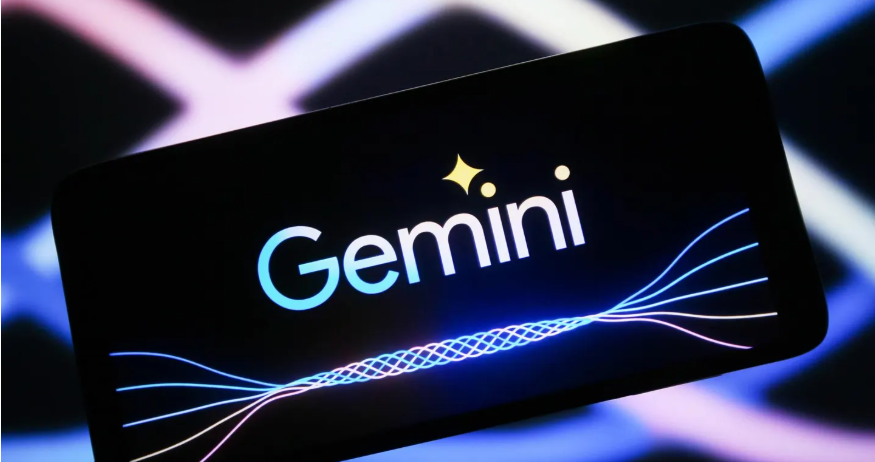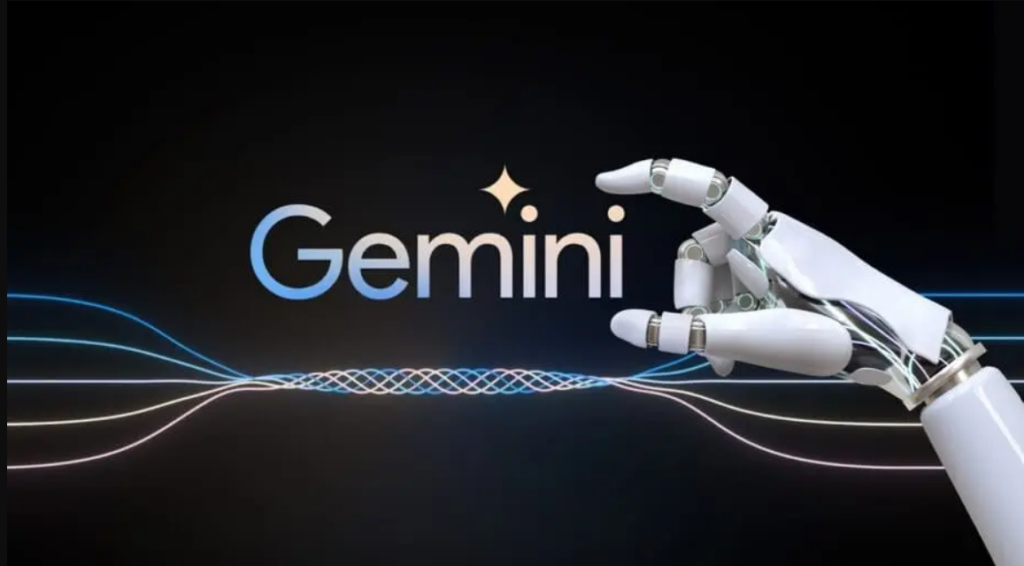
Gemini is Google’s most advanced AI model to date, developed to understand and combine text, code, audio, images, and video; all in one go. Unlike traditional multimodal models, Gemini is natively multimodal. This means it processes different types of input together, not separately.
For mobile apps, this unlocks new possibilities. Gemini enables smarter, more intuitive experiences by understanding complex input and offering context-aware responses. Whether you’re building creative tools or productivity apps, integrating Gemini helps you deliver powerful AI-driven features – fast, accurate, and user-friendly.
Gemini models
Gemini is not a one-size-fits-all solution. Google offers it in multiple model sizes, each designed to meet the needs of everything from powerful cloud workloads to lightweight on-device experiences.
- Ultra
The most capable version, built for advanced and highly complex tasks. - Pro
Handles up to 2 million tokens, making it ideal for processing long documents, extensive codebases, or hours of video and audio. - Flash
Designed for speed and efficiency. Offers fast responses and can manage up to 1 million tokens with low latency. - Nano
Lightweight and built for on-device tasks. Runs without a network connection and powers smart features like audio summaries and style rewriting on Pixel phones.
Real-word use cases
Gemini’s multimodal capabilities open the door to smarter, more intuitive experiences across industries:
- Greenhouses
Use image recognition to identify plant species and deliver personalized care instructions in real time. - Manufacturing
Improve operational efficiency with real-time inventory tracking and predictive maintenance powered by AI. - Education
Enhance learning through interactive, AI-driven tools, from peer tutoring to language games that adapt to student needs. - Transportation & Logistics
Optimize routes with live traffic prediction, and streamline urban mobility through smart parking solutions. - Warehouse Management
Automate inventory updates and leverage object recognition to speed up sorting and handling.

Seamless Gemini integration
Gemini’s powerful AI models are easy to integrate into any platform through the Gemini API. Whether you’re building for web, mobile, or beyond – the tools are ready and accessible.
Want to get started right away? Gemini is already available as the default assistant on both iOS and Android, making advanced AI functionality just a tap away.
Explore the official cookbook to dive into practical examples and start building.
Pricing models
Gemini’s pricing model is based on token usage, a unit that reflects how much input and output your request involves. Here’s how it breaks down:
- Words: On average, the number of tokens is similar to the number of syllables in a sentence, plus punctuation.
For example: “Hello, how are you?” = 7 tokens
(2 for Hello, 1 for the comma, and 1 each for how, are, you, and the question mark) - Images: Each image input is counted as approximately 260 tokens, regardless of its size or resolution. (E.g. a 1920×1200px image of ~312 KB)
- Model responses: Output tokens are also counted using the same principles, so both your input and the AI’s reply contribute to total usage.
Want to experiment? You can use Gemini’s official IDE for free during the testing phase.

Key takeaways
Integrating Gemini into your mobile or web application is both simple and flexible, thanks to broad SDK support across platforms. To get the most value, start by identifying where Gemini can create the biggest impact in your app.
Selecting the right model (Ultra, Pro, Flash, or Nano) depends on your specific use case. Whether it’s speed, complexity, or on-device processing, there’s a fit for every scenario.
With a token-based pricing structure, Gemini offers scalable cost control, making it easy to start small and grow as your needs evolve.